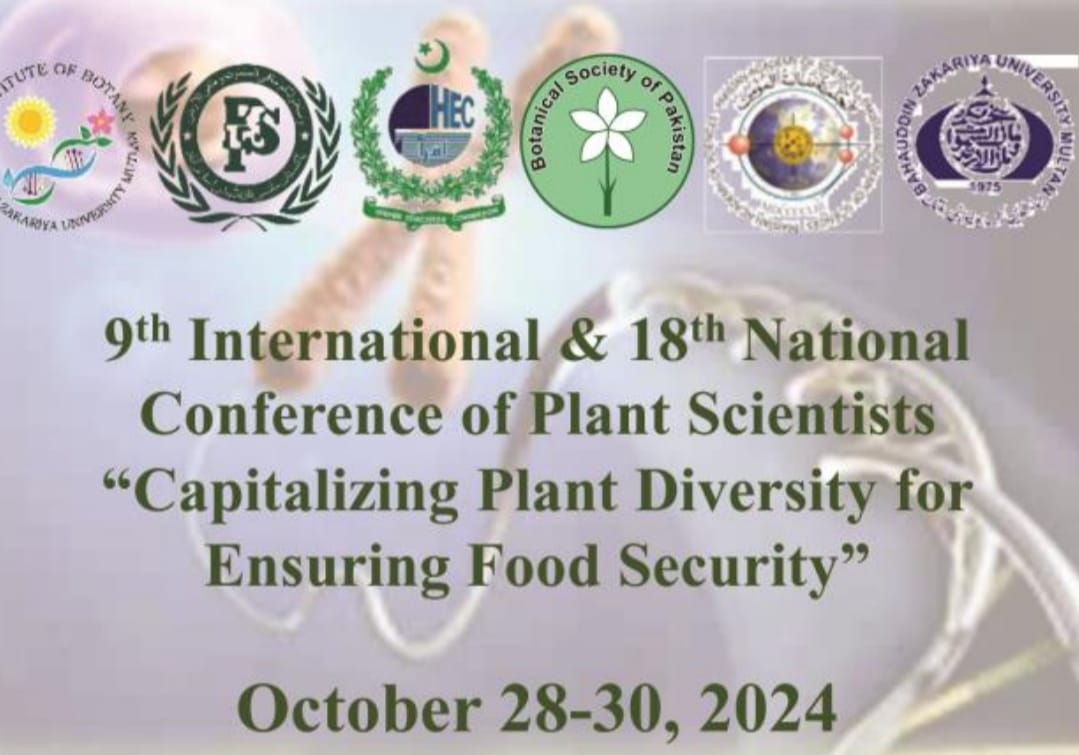PJB-2024-566
EFFECTIVENESS OF USHER PLANT EXTRACTS FROM HIGH ALTITUDE AS A SAFE CONTROL METHOD AGAINST POMEGRANATE APHID, APHIS PUNICAE
SAMY M. SAYED
Abstract
Plant extracts as alternatives to pesticides are safer than chemical pesticides, less harmful to the environment and human and decrease costs of plant production. The pomegranate aphid, Aphis punicae (Homoptera: Aphididae) is the important insect pest on pomegranate trees while it infests leaves, buds, and fruits. Also, it causes a high damage in the yield of pomegranate fruits. This investigation aimed to estimate the efficacy of leaves and fruits extracts of usher plant, Calotropis procera on the pomegranate aphid, A. punicae under laboratory conditions and in the pomegranate field at high altitude region of Taif, Saudi Arabia. Moreover, the phenols and flavonoids in the ethanolic extracts of both plant parts were determined by HPLC analysis. The analysis of HPLC showed that the total phenols and flavonoids were 23.089 and 2.223 mg/g in leaves and fruits, respectively. Bioassay experiment indicated that the lethal concentrations (LC50 and LC90) values of leaves extract (251.3 and 1017.9 µg/mL, respectively) were significantly lower than those of fruit extract (622.5 and 2521.8 µg/mL, respectively). Accordingly, the field experiment was done using leaves extract with the obtained LC90 with one and two week intervals. Results of field application showed that there was always a significant difference between aphid reductions in the treatment that received the spray two weeks ago and the one that was sprayed a week ago. However, there were no differences always noticed, since the spraying was done a week ago in both treatments. This result stated that the application of C. procera leaves extract one-week intervals is efficient to control pomegranate aphid with more than 90% of reduction rate. Further experiments could be done to estimate the safety of this plant extract on beneficial organisms such as insect predators and parasitoids associated with the insect pests.
To Cite this article:


